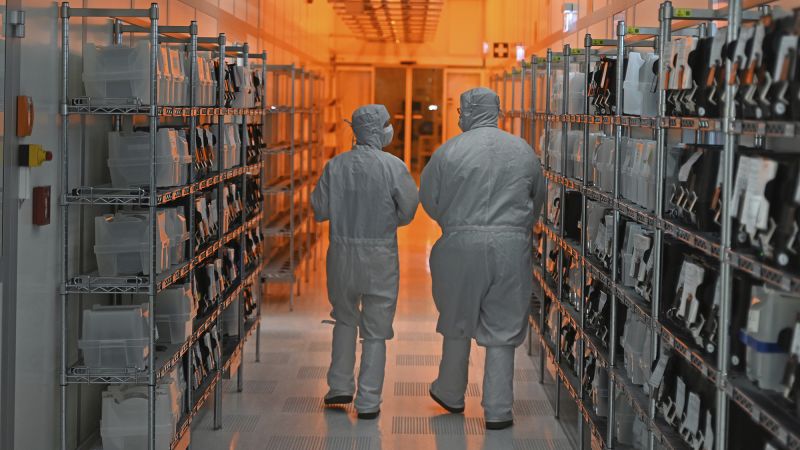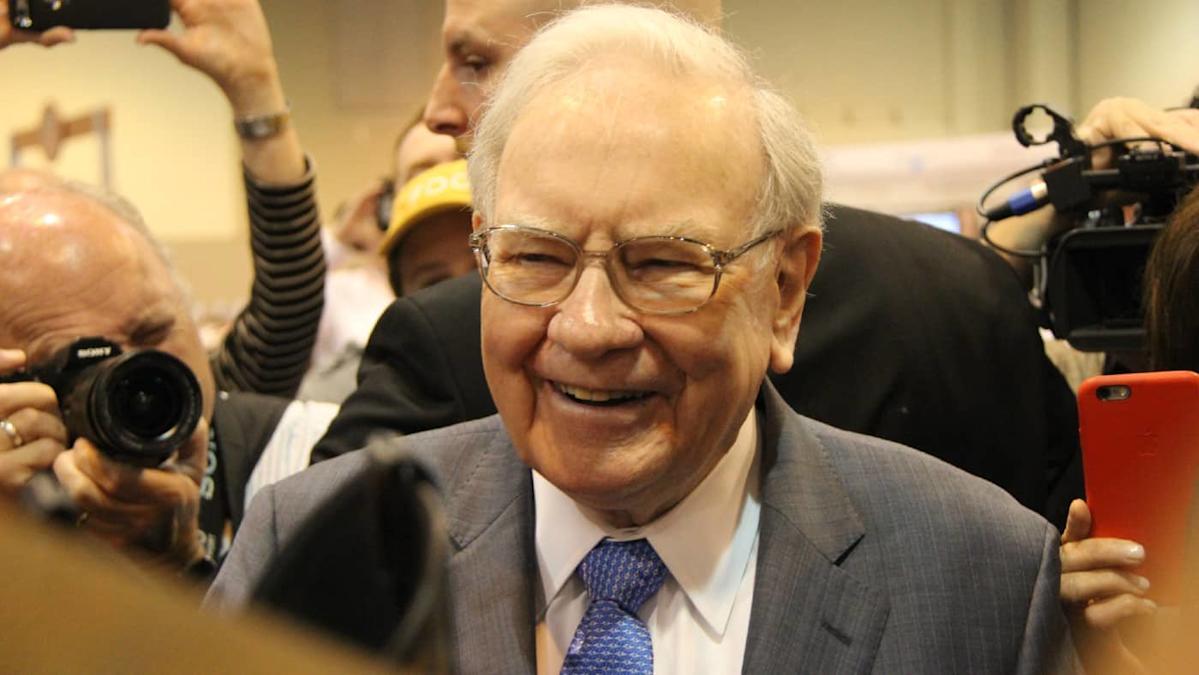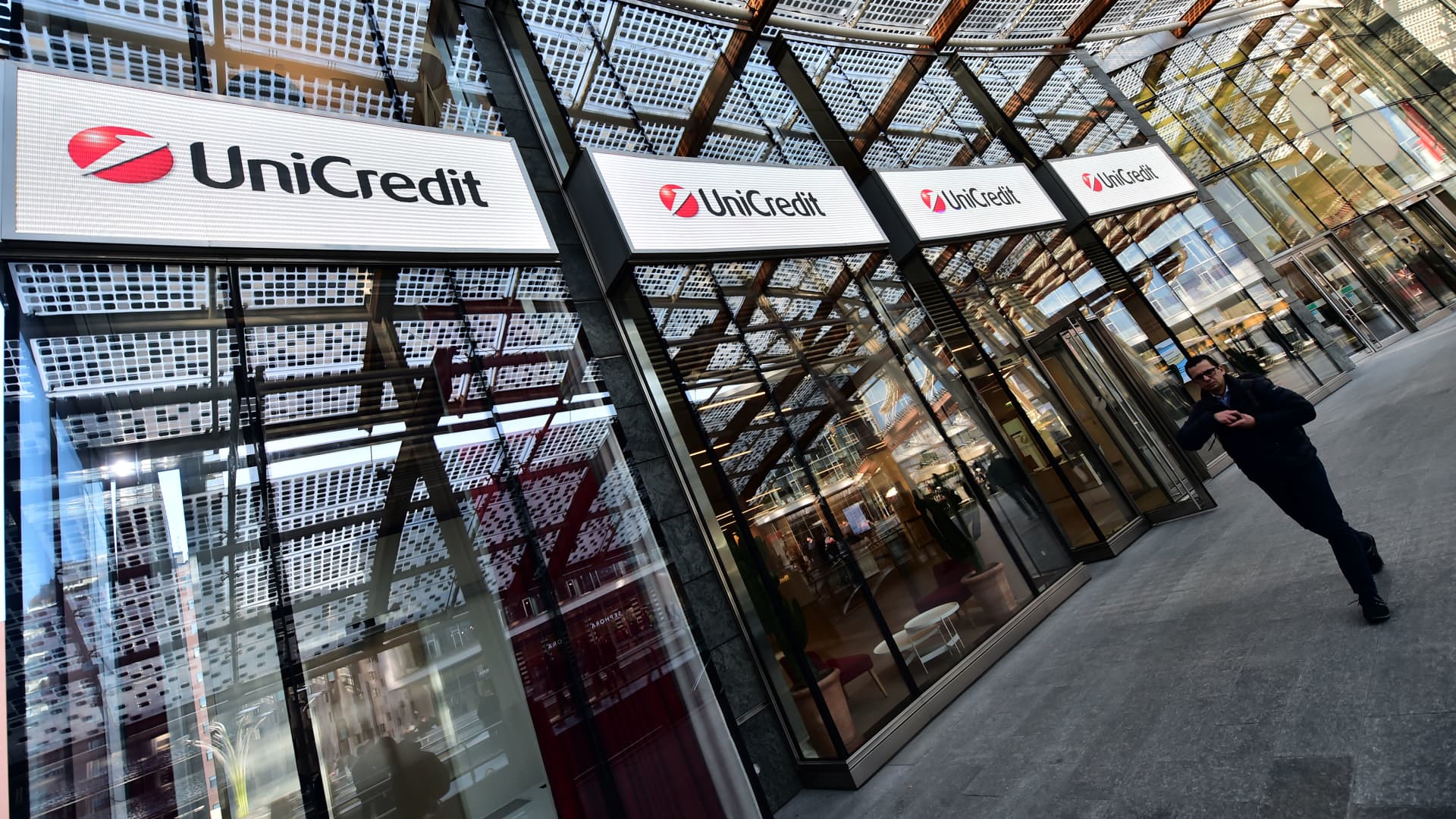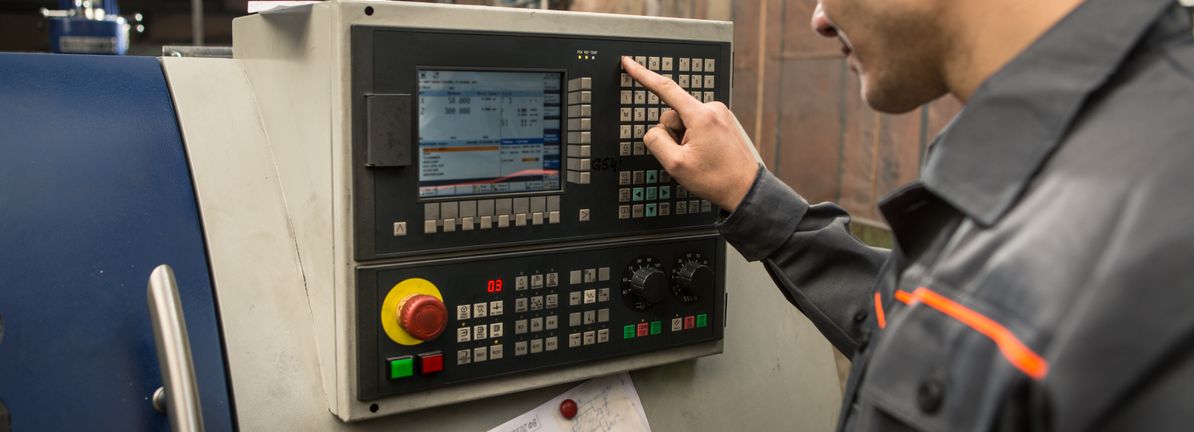Futu Holdings (NasdaqGM:FUTU) shares have seen a steady climb this year, with the stock up over 100% year-to-date. Many investors are now reviewing its recent performance and growth numbers for insights into what might come next.
See our latest analysis for Futu Holdings.
Futu Holdings has enjoyed sustained momentum, with a 105.8% year-to-date share price return. This reflects renewed investor confidence and optimism around its growth story. Over the past year, its total shareholder return reached 79.4%, underscoring long-term performance beyond just recent gains.
If you’re weighing what else might be showing breakout momentum, this is a great moment to broaden your search and discover fast growing stocks with high insider ownership
With shares surging so impressively, the central question becomes whether Futu Holdings is still undervalued at current levels, or if the market is already accounting for the company’s future growth potential and leaving little room for upside.
Compared to Futu Holdings’ last close price of $163.53, the most widely followed narrative estimates a fair value of $207.27. The picture that emerges is of a company with catalysts that some see as transformative, and a valuation that challenges the market’s current view.
The rapid growth in funded accounts, especially from international markets such as Singapore, the U.S., Malaysia, and Japan, signals ongoing global expansion and diversification of Futu’s user base. This positions the company to capture rising middle-class wealth and digital financial adoption in Asia, supporting long-term revenue and AUM growth.
Read the complete narrative.
What is driving that bold upside call? This narrative is built on expectations of relentless customer growth, a resilient business model, and margin strength usually reserved for industry leaders. The surprising mix of ambitious projections and global expansion creates a valuation thesis you will not want to miss.
Result: Fair Value of $207.27 (UNDERVALUED)
Have a read of the narrative in full and understand what’s behind the forecasts.
However, risks remain, as heightened competition in key Asian markets and regulatory hurdles could quickly turn investor optimism into caution for Futu Holdings.
Find out about the key risks to this Futu Holdings narrative.
While many focus on analyst price targets, compare Futu Holdings’ current price-to-earnings ratio of 22.4x against the industry average of 25.4x and a peer average of 22.2x. However, the fair ratio for Futu is estimated at 21.4x, suggesting that shares could be slightly expensive. This is an important detail for those weighing potential returns or risks.








